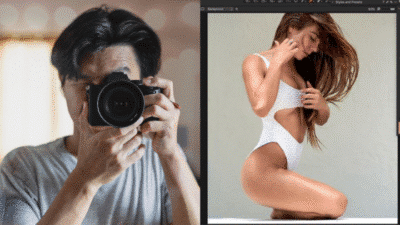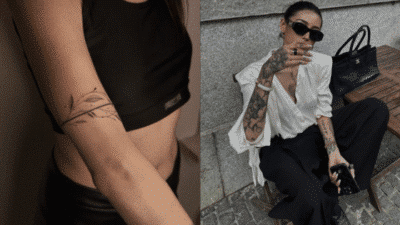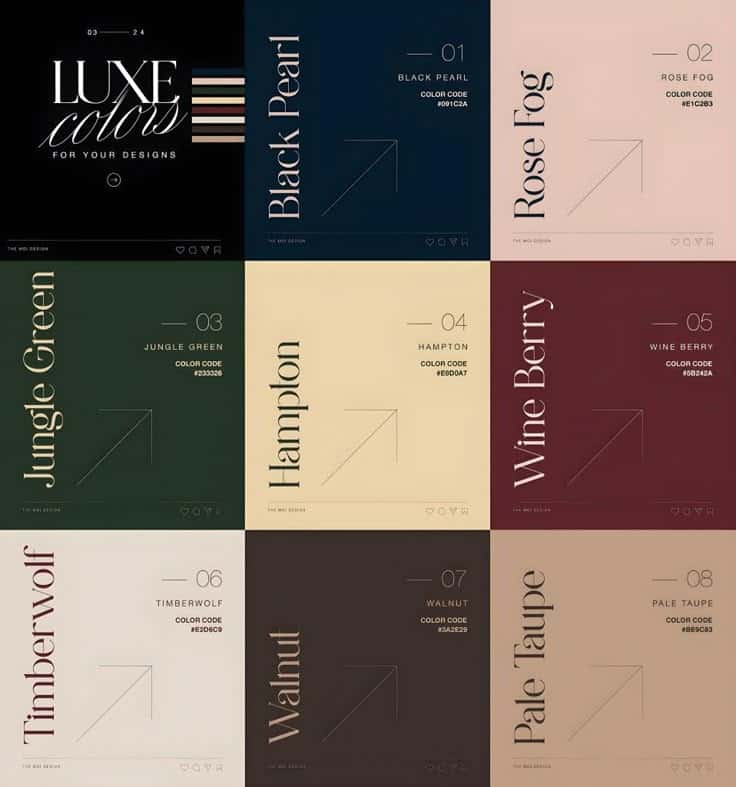
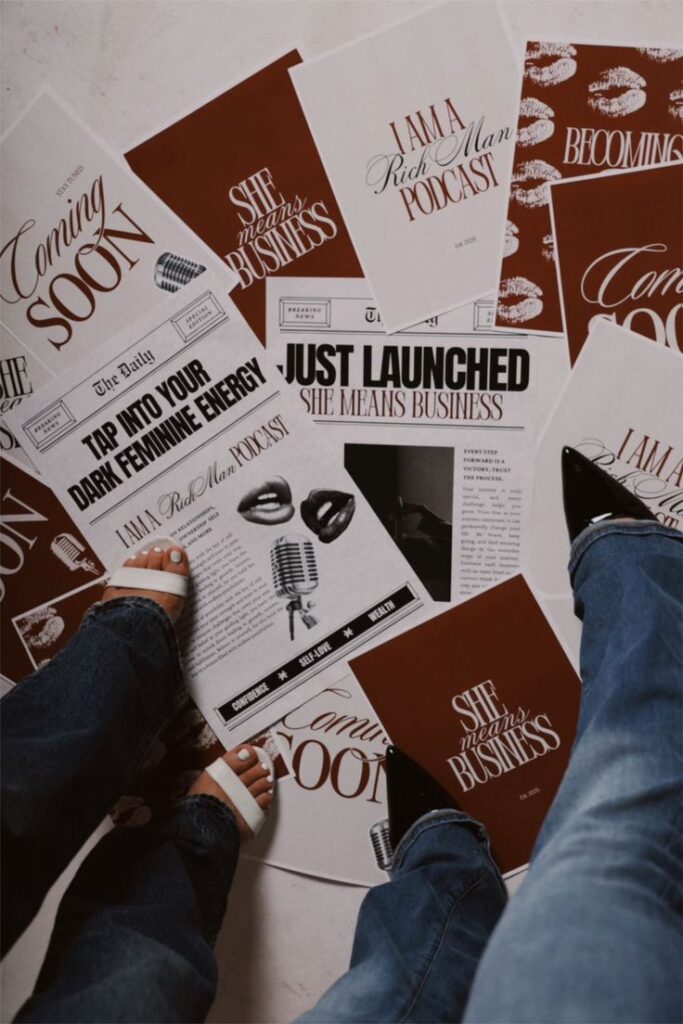
Choosing the right color palette can change the entire look and feel of a project. Color palette inspiration comes from many places, and finding the right combination helps create harmony and appeal in design. Knowing where to look and how to pick can save time and make results stronger.
Many people find inspiration in nature, art, and everyday life. Using tools and resources can also guide the process by showing popular or trending color mixes. Understanding these options allows a person to create palettes that fit their style and purpose perfectly.
Key Takeways
- Inspiration can come from many natural and creative sources.
- Tools help explore and choose effective color combinations.
- Good palette choices improve the overall design quality.
Understanding Color Palettes
Color palettes guide how colors work together in design. They help create harmony, mood, and balance by using specific sets of colors based on rules or themes. Knowing what a palette is, basic color theory, and different types of color schemes helps in choosing the right colors.
What Is a Color Palette?
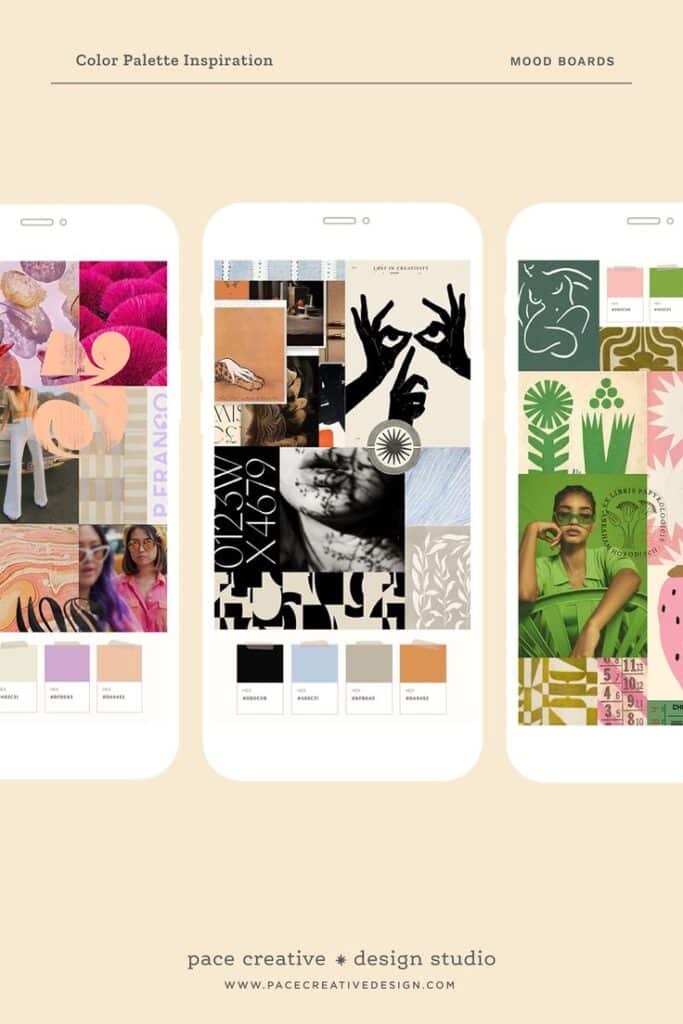
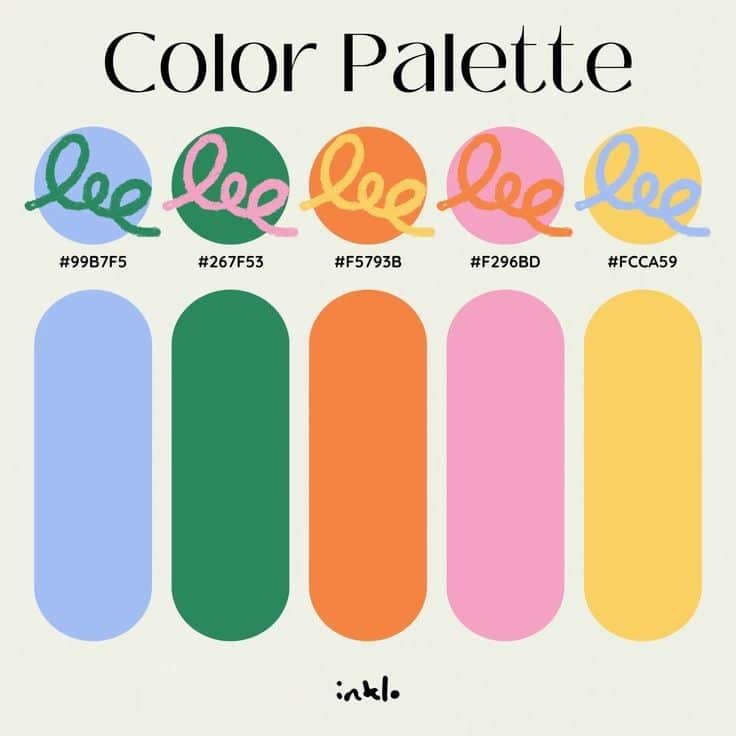
A color palette is a collection of colors chosen to be used together in a design or artwork. These colors work well and support the intended mood or style. Palettes can be simple with just a few colors or complex with many shades.
Colors in a palette have roles such as primary, secondary, and accent colors. The primary color usually stands out the most, while accents add contrast or highlight important areas. Using a palette ensures the design looks neat and balanced.
Color Theory Basics


Color theory explains how colors interact and how people perceive them. It is based on the color wheel, which shows the relationship between colors. Primary colors are red, blue, and yellow. Mixing these creates secondary colors like green, orange, and purple.
Colors have properties like hue (the color type), saturation (intensity), and brightness (light or dark). Understanding these helps in picking colors that look good together and create the right feelings.
Types of Color Schemes
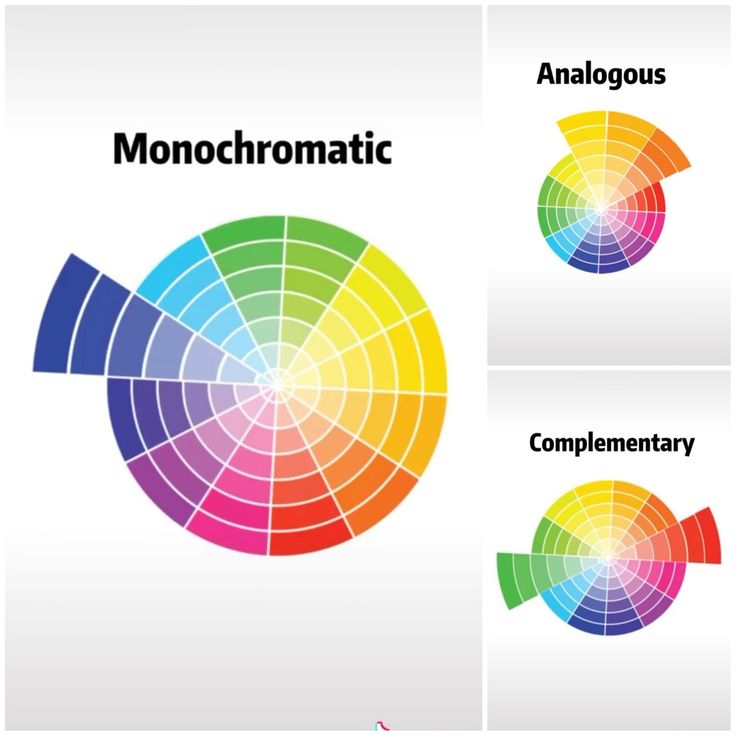
Color schemes organize colors from the wheel into preset combinations:
- Monochromatic: Uses variations of one color. It creates a calm, uniform look.
- Analogous: Uses colors next to each other on the wheel. It feels natural and pleasing.
- Complementary: Uses colors opposite on the wheel. It makes designs stand out with high contrast.
- Triadic: Uses three colors evenly spaced around the wheel for balance and color richness.
Each scheme helps control color harmony and mood in different ways.
Sources of Color Palette Inspiration
Color palettes often come from places rich in visual variety and cultural meaning. These sources provide clear examples of how different tones work together to create mood and style.
Nature and the Outdoors


Nature offers a wide range of colors that change with the seasons and time of day. For example, autumn leaves show deep reds, oranges, and browns, which can be used to create warm palettes.
Sky colors at sunrise and sunset mix soft pastels with brighter hues, useful for gentle yet lively combinations. Water and plants add cool greens and blues that work well in calm or refreshing designs.
Using nature as inspiration helps designers choose colors that feel familiar and balanced. It also encourages mixing shades found together naturally, which tends to create pleasing contrasts.
Art and Design Movements
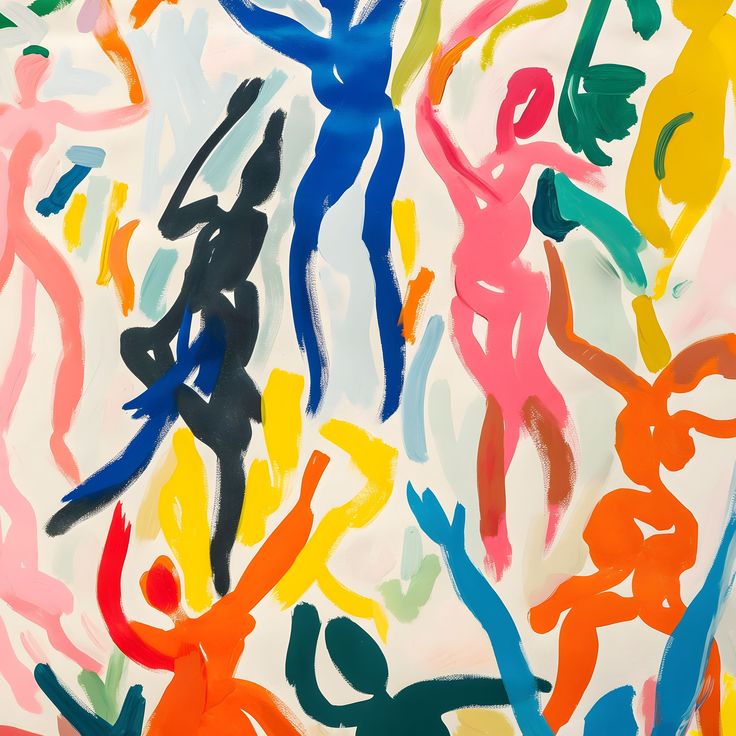
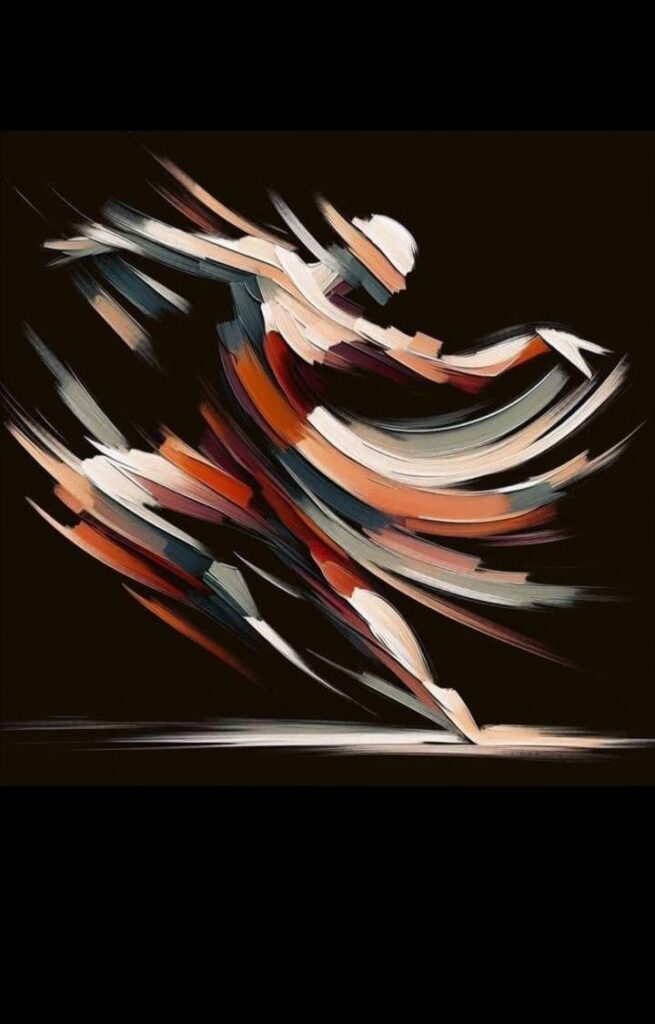
Different art and design movements provide clear guidelines for choosing colors. For example, the Bauhaus movement favors simple, bold primary colors paired with black and white for clarity and impact.
Impressionism focuses on light and softness, often blending colors like soft yellows, light blues, and gentle greens. This style works well for more subtle, nuanced palettes.
Modern minimalism often uses neutral tones with occasional bright accents to keep the look clean. Studying these movements helps understand how color sets tone and affects mood in a design.
Cultural Influences
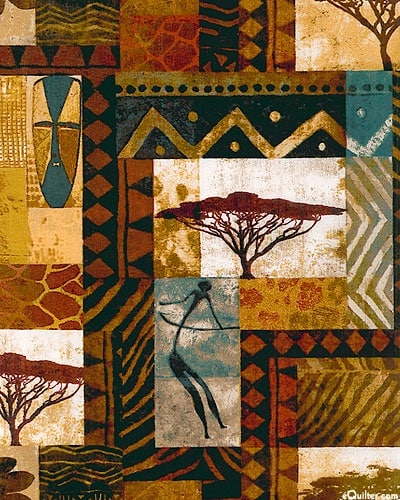

Colors have different meanings across cultures, which strongly influence palette choices. For example, red symbolizes good luck in Chinese culture and is often paired with gold for festive designs.
In many Middle Eastern cultures, blues and turquoises are popular for their calming and protective qualities. Earth tones play a strong role in African art, often symbolizing nature and heritage.
Knowing cultural meanings helps designers respect traditions and create palettes that communicate the right message to the right audience. Colors chosen with this in mind avoid misunderstandings and enhance connection.
Tools for Discovering Color Palettes
Many modern tools help find and create color palettes quickly. These tools range from software programs to physical items. Each offers different ways to explore colors based on the user’s needs and preferences.
Digital Color Generators


Digital color generators are websites or software that create color combinations automatically. Users can input a base color and get matching palettes using rules like complementary or triadic colors. These tools often show colors in HEX or RGB codes for easy use in design projects.
Some popular generators include Adobe Color, Coolors, and Paletton. They let users save palettes, adjust shades, and test colors in different layouts. These generators are useful for designers who want fast, precise color ideas.
Mobile Apps
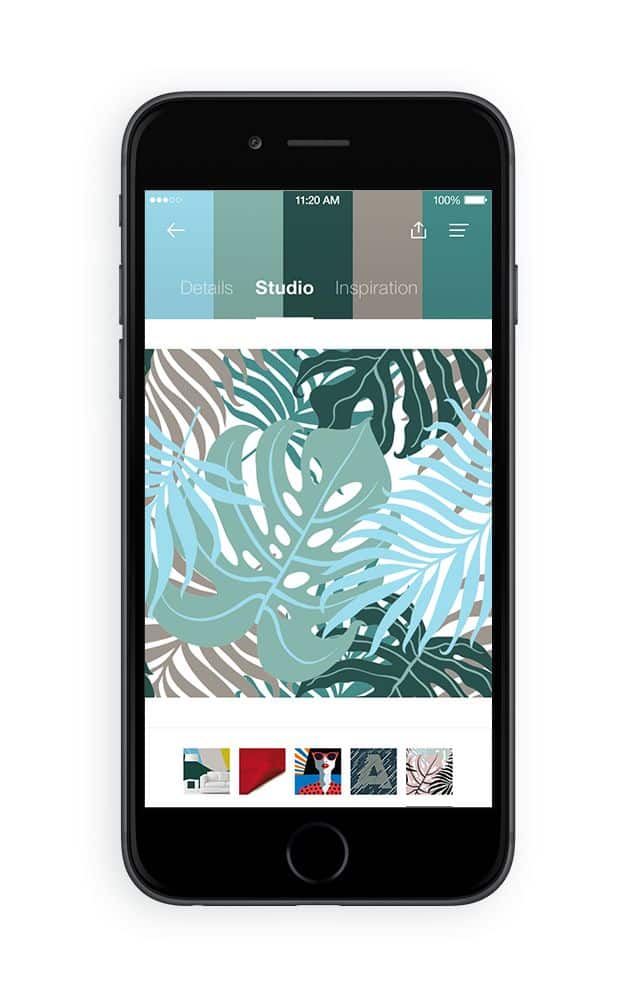
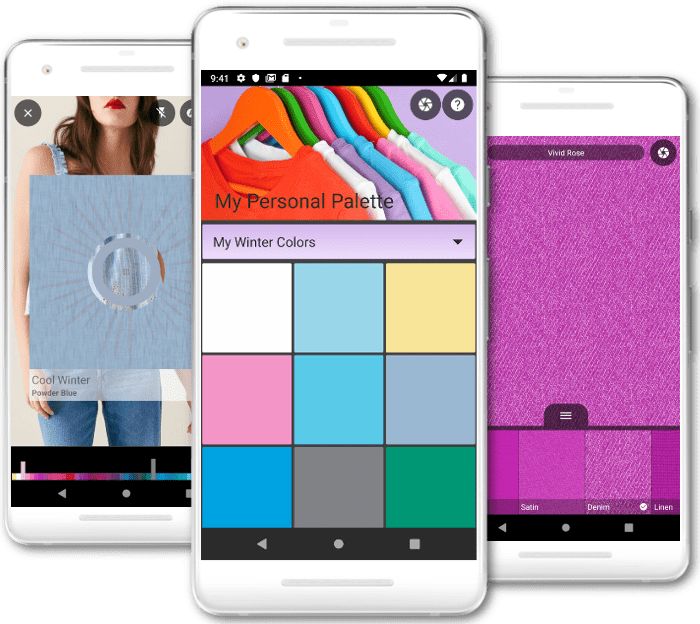
Mobile apps provide color palette tools for on-the-go access. Apps like Pantone Studio, ColorSnap, and Pigment allow users to capture colors from photos or scan real-world surfaces.
Users can build custom palettes, save favorites, and share ideas directly from a smartphone or tablet. These apps often include color theory guides and blending options to help users fine-tune their palettes.
Physical Swatch Books

Physical swatch books are printed collections of color samples, often from paint or textile companies. These books let users see actual colors in different lighting conditions.
Designers and artists use swatch books to compare and select colors before making decisions. Swatches also help communicate exact colors to manufacturers or clients. Common brands include Pantone, Sherwin-Williams, and Benjamin Moore.
Choosing the Right Color Palette
Selecting a color palette requires careful thought about how colors represent a project or brand. It also involves understanding how colors affect feelings and how different groups respond to those colors.
Considering Brand Identity
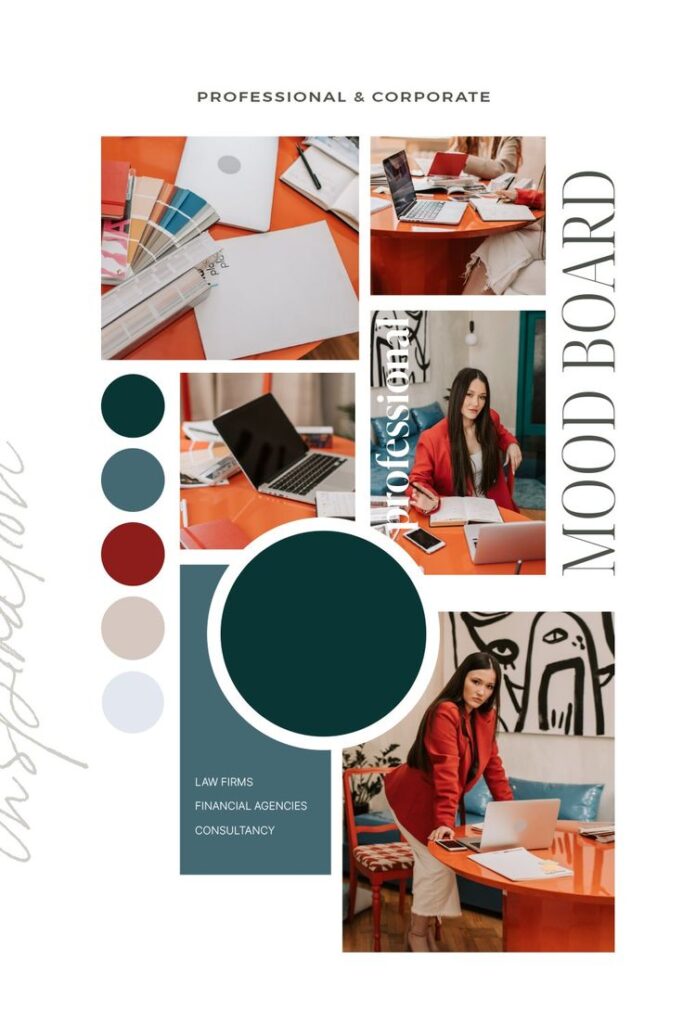

The color palette must match the brand’s personality and values. For example, a tech company might choose blues and grays to show trust and professionalism. A children’s brand could use bright, playful colors to feel fun and friendly.
Colors should be consistent across all materials, including logos, websites, and packaging. This helps customers easily recognize the brand. The palette should also work well in different settings, like print and digital.
Emotional and Psychological Impact
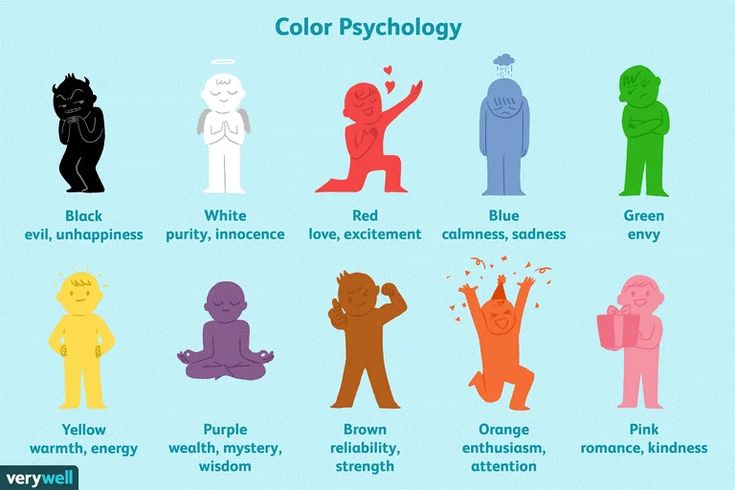
Colors can influence moods and feelings without words. Red often signals energy or urgency, while green can feel calm and natural. Choosing colors that fit the desired emotional response can improve how the audience connects with the message.
It’s important to avoid colors that may cause negative reactions. For example, too much black might feel heavy or sad, depending on the context. The right balance supports the intended tone.
Audience Preferences

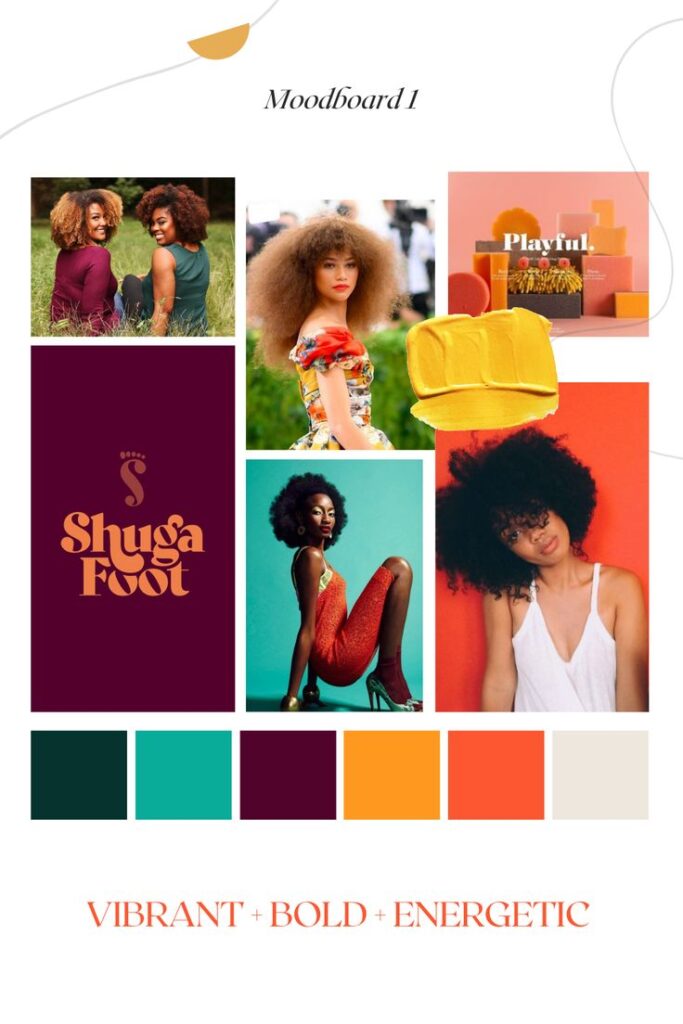
Different audiences respond differently to colors based on age, culture, and experience. Young audiences may prefer vibrant, bold colors. Older groups might favor softer, muted tones for comfort.
Cultural meaning also matters. White may represent purity in some cultures but mourning in others. Researching the target audience helps avoid color choices that confuse or offend.
Using surveys, focus groups, or analytics can provide insights into what colors an audience prefers and finds appealing.
Trends in Color Palettes
Color palettes today show a mix of bold choices, nature-inspired tones, and tailored approaches for different fields. These palettes offer clear directions based on popular tastes, changing seasons, and specific industry needs.
Current Popular Palettes


Earth tones mixed with bright accent colors are widely used. Colors like terracotta, olive green, and warm beige are common. Bright blues, yellows, and reds add contrast without overwhelming.
Palettes with muted pastels are also trending. Soft pinks, light lavenders, and pale mint create calm and approachable looks.
Digital design often favors high contrast palettes with black, white, and neon highlights to grab attention quickly.
Seasonal Inspirations
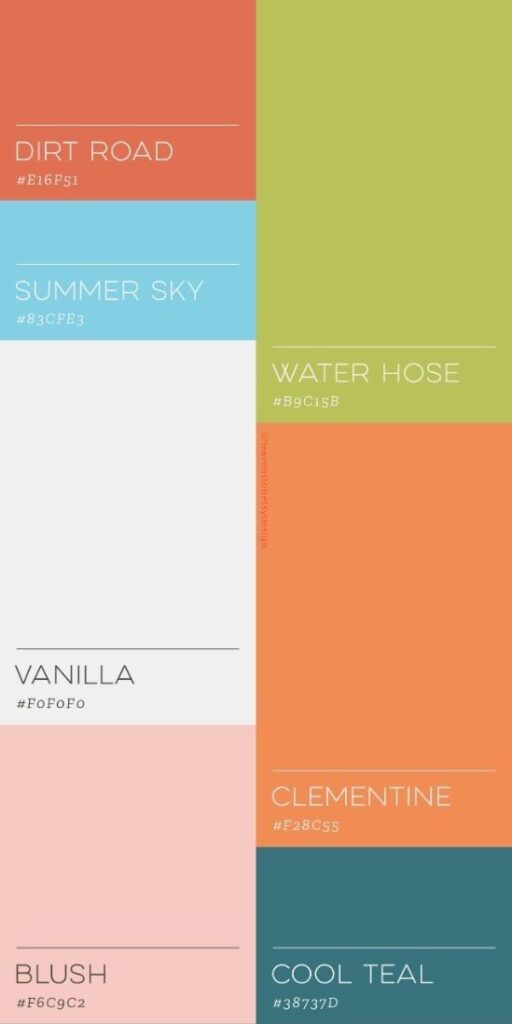
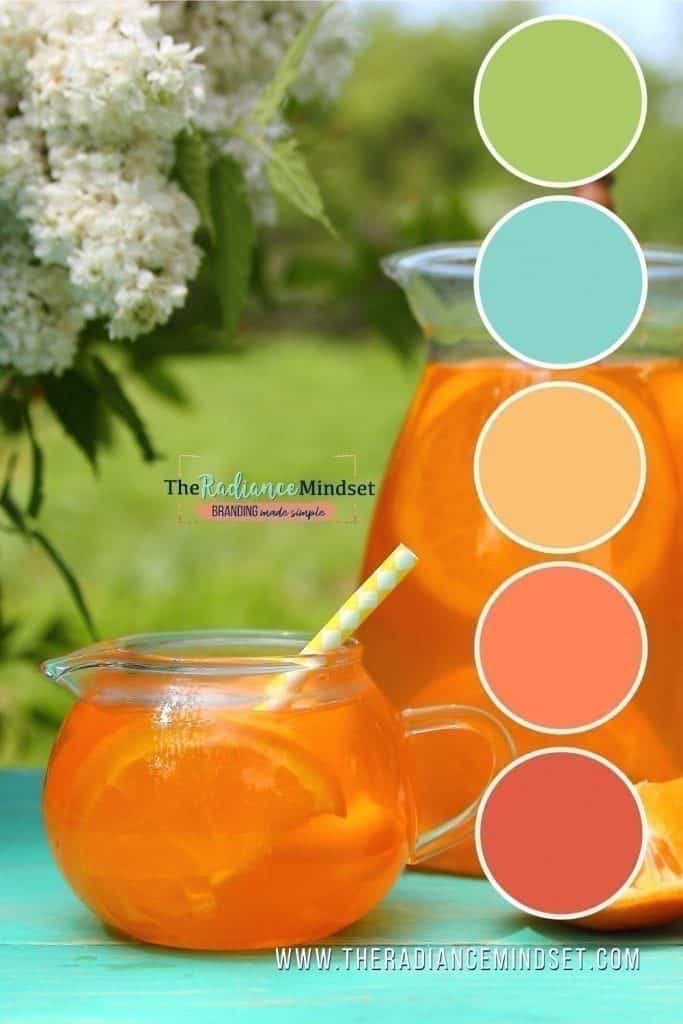
Spring palettes often involve fresh greens, soft blues, and gentle pinks to reflect new growth. Summer leans toward vibrant oranges, yellows, and bright blues that evoke warmth and energy.
Autumn palettes focus on deep reds, burnt oranges, and mustard yellows, bringing a cozy feeling. Winter uses cool blues, greys, and deep purples for a calm and quiet tone.
Seasons strongly influence color use, aligning mood and design with the environment.
Industry-Specific Trends


Tech companies prefer sleek, modern palettes with dark backgrounds and bright neon accents. This helps create a futuristic, clear look.
Fashion brands often use bold, statement colors tied to the season’s theme. Luxury brands choose minimalistic palettes with black, white, and metallics to keep elegance.
Health and wellness industries use soft, earthy palettes with greens and blues to promote calm and trust. Each industry carefully picks colors to fit its message and audience.
Applying Color Palette Inspiration
Using a color palette well depends on the type of project. It involves choosing colors that fit the space, brand, or style. Effective use of color can create mood, highlight features, and improve the overall look.
Interior Design Applications

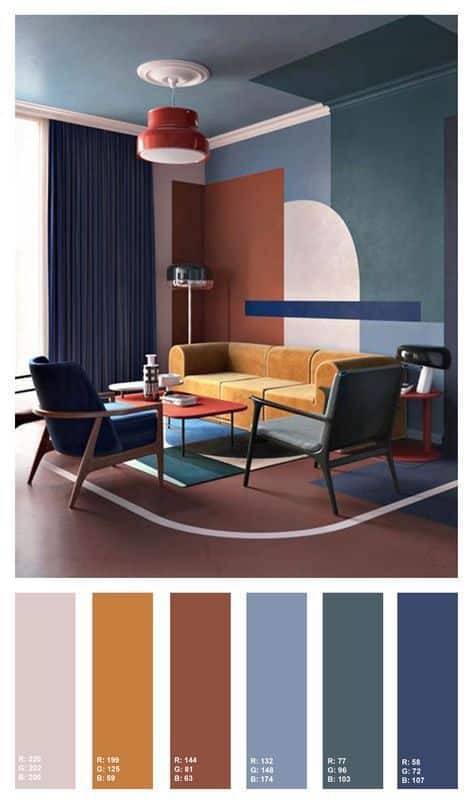
In interior design, color palettes set the mood of a room. Warm colors like reds and oranges can make a space feel cozy. Cool colors such as blues and greens create a calming effect.
Designers often use a base color, a secondary color, and an accent color. The base covers large areas like walls, secondary may be used on furniture, and accents appear in decor items.
Lighting affects how colors appear inside a room. Natural light changes color tones throughout the day. Designers must test colors in different lights before making final choices.
Graphic Design Projects
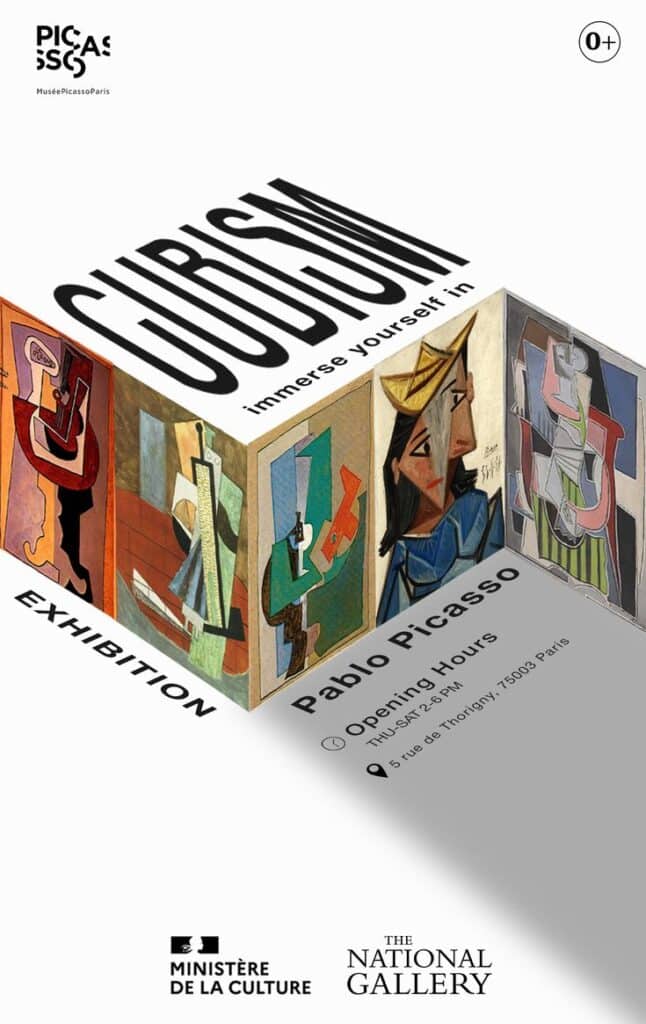

Graphic designers use color palettes to guide viewers’ attention and build brand identity. A well-chosen palette ensures consistency across logos, websites, and ads.
They often pick 3-5 colors: a primary for backgrounds, secondary for highlights, and sometimes extra shades for contrast. Using too many colors can confuse the message or look chaotic.
Color choices need to consider readability. For example, dark text on a light background is easier to read. Designers also think about color psychology to influence emotions and actions.
Fashion and Textiles
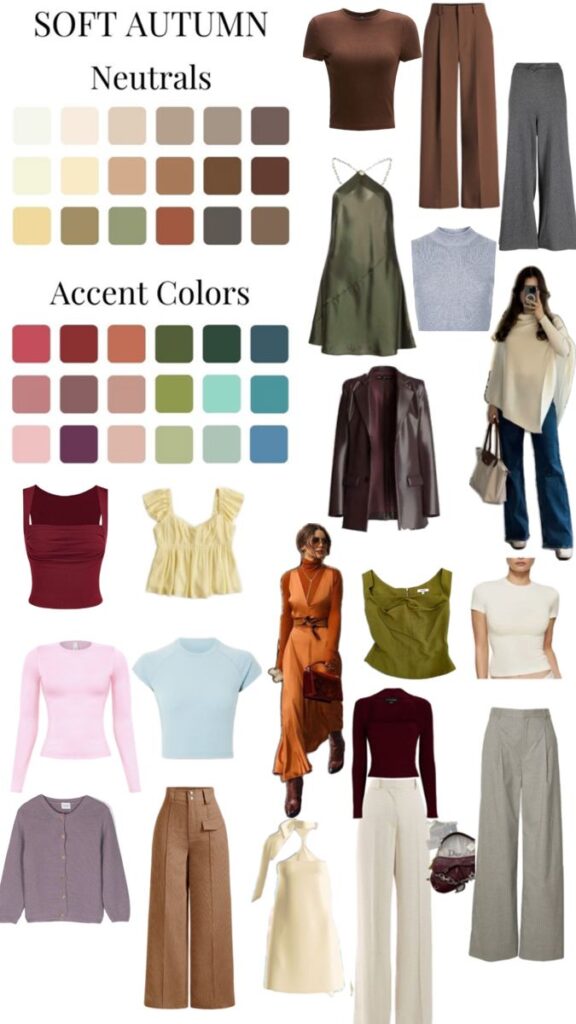
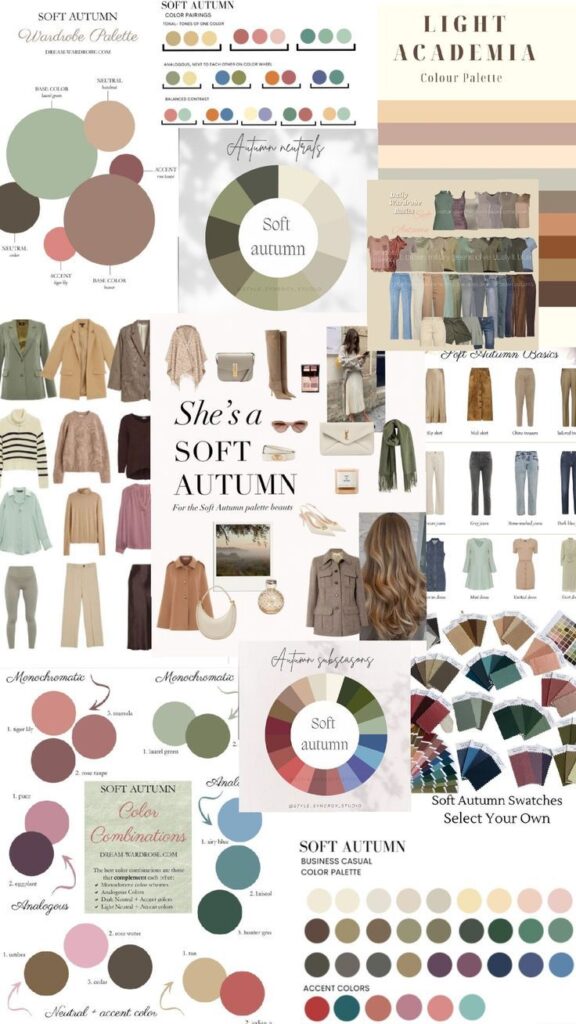
In fashion, color palettes shape the season’s trends and collections. Designers select palettes that match the mood they want for their line, like soft pastels for spring or deep earthy tones for fall.
Combining colors in clothing involves balance. Using a bold color with neutrals helps avoid overdoing it. Patterns also play a role, mixing multiple colors in textured or printed fabrics.
Fabric type influences how colors look. Silk may reflect light differently than cotton, altering the palette’s impact. Designers test colors on fabrics before production to ensure the right effect.
Tips for Creating Custom Color Palettes
Creating a custom color palette requires careful choices to ensure visual balance. It involves managing contrast, testing colors in real settings, and finding new, interesting pairings that stand out without clashing.
Balancing Contrast and Harmony
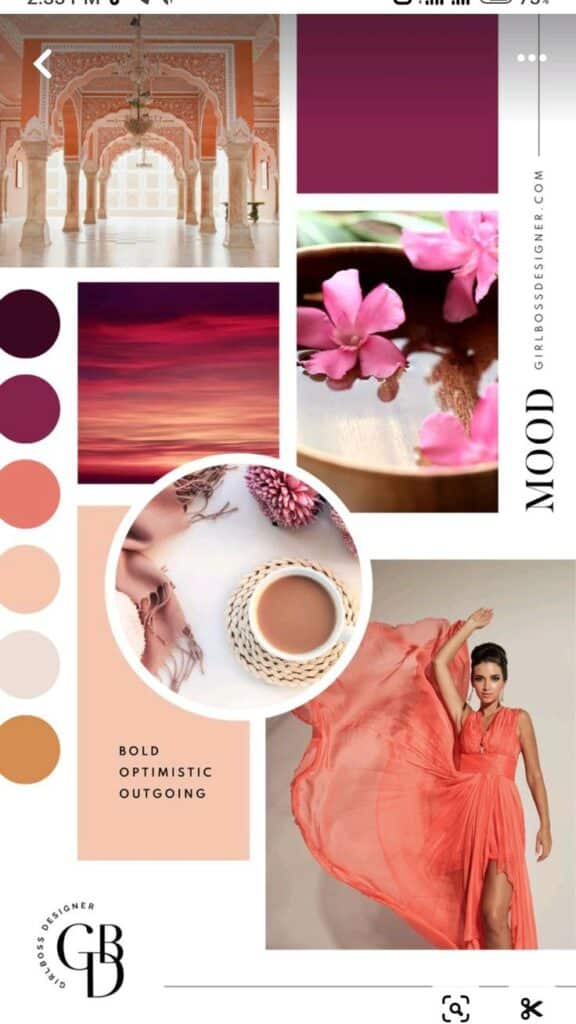
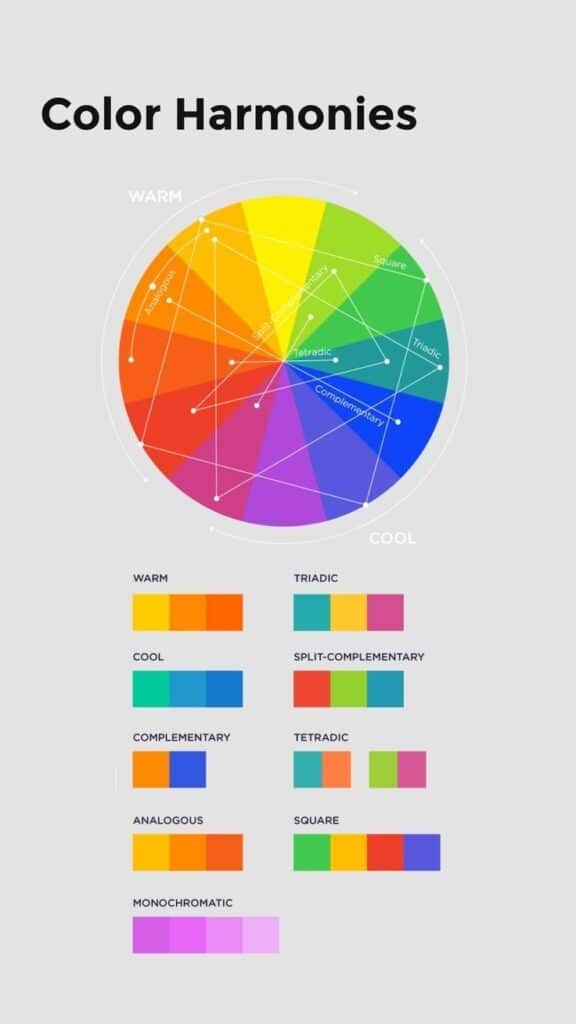
He or she should focus on balancing contrast and harmony to avoid colors that are too harsh or too dull. Contrast helps important elements pop, such as text on a background. Harmony ensures the colors work well together and create a pleasing look.
A good method is to use one dominant color and add supporting colors with different tones or shades. For example, pairing a dark blue with a light gray provides contrast but stays calm. Too much contrast can cause strain on the eyes, while too little can make the design look flat.
Using tools like color wheels helps in picking complementary or analogous colors that naturally balance each other. Adjusting saturation and brightness can also fine-tune the palette for the right feel.
Testing and Refinement
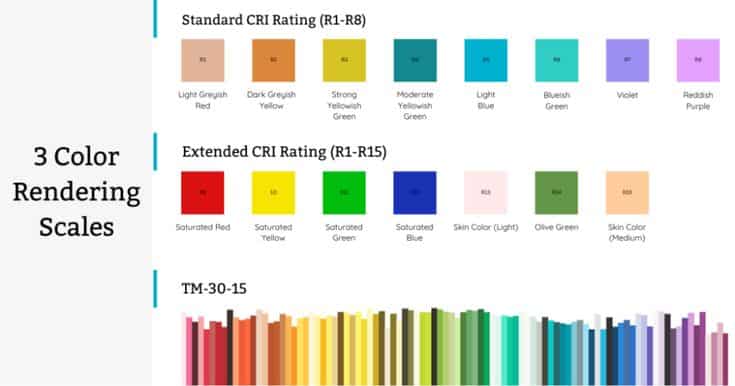
Testing is essential to see how colors look in actual use. He or she should place the colors in real designs and check them under various lighting conditions. Screens and prints can display colors differently, so testing is also about verifying consistency.
Refining means making changes based on how the colors perform in context. Sometimes a color that looks good alone might clash or be hard to read when combined. Keeping testing notes and comparing versions helps improve the palette step by step.
Using mockups or samples speeds up this process. It also helps to get feedback from others, as fresh eyes can catch issues that were missed.
Sourcing Unique Combinations

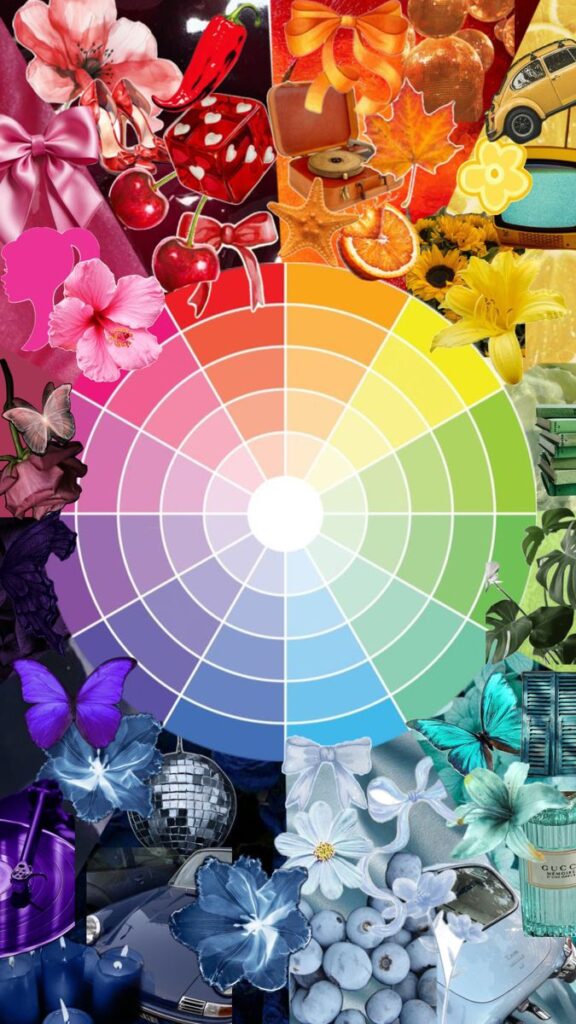
Finding unique color combinations requires looking beyond common palettes. He or she might draw inspiration from nature, art, or cultural motifs. Unusual pairings can make a project stand out.
One approach is to use photo references, extracting colors from interesting images. This technique often produces combinations that feel natural but unexpected.
Other sources include fashion trends, travel photos, and traditional crafts. By mixing colors that are rare to see together, the palette gains personality and a fresh look.
Recording these combinations in a swatch library ensures they can be reused or adjusted later.
Common Mistakes to Avoid
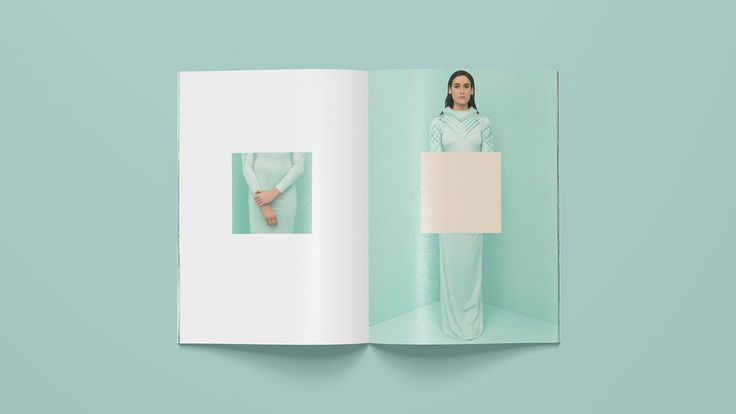
One common mistake is choosing colors without thinking about their purpose. Color palettes should match the mood or message of the project. Randomly picking favorite colors can make the design feel confusing or off.
Another error is using too many colors. A palette with many colors can look busy and distracting. It is better to use a limited number of colors to keep the design clean and balanced.
Ignoring contrast is also a frequent problem. Colors that are too similar can make text hard to read or details unclear. Designers should test their palettes in different lights and screens to ensure good visibility.
Sometimes, people pick trendy colors without considering the context. Trends change quickly, and colors that work now might look outdated soon. It is useful to choose colors that fit the project’s goals and time frame.
Using colors that clash is another mistake. Colors should complement each other, not fight for attention. Tools like color wheels or online color harmony guides can help avoid clashing palettes.
Lastly, neglecting accessibility is a serious issue. Not everyone sees colors the same way. Designers should check their palettes for color blindness and ensure all users can understand and enjoy the design.
Additional Resources for Color Palette Inspiration
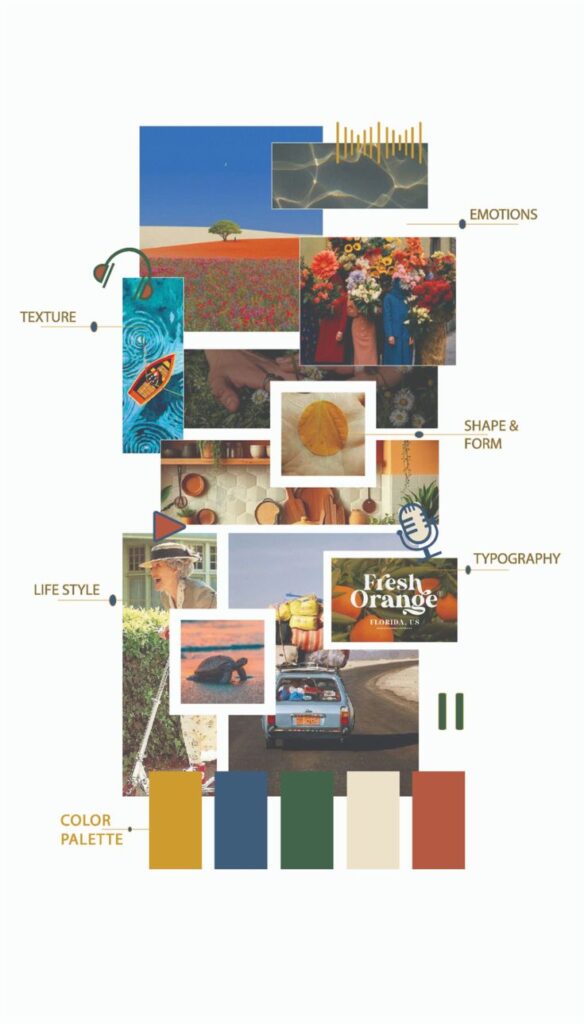
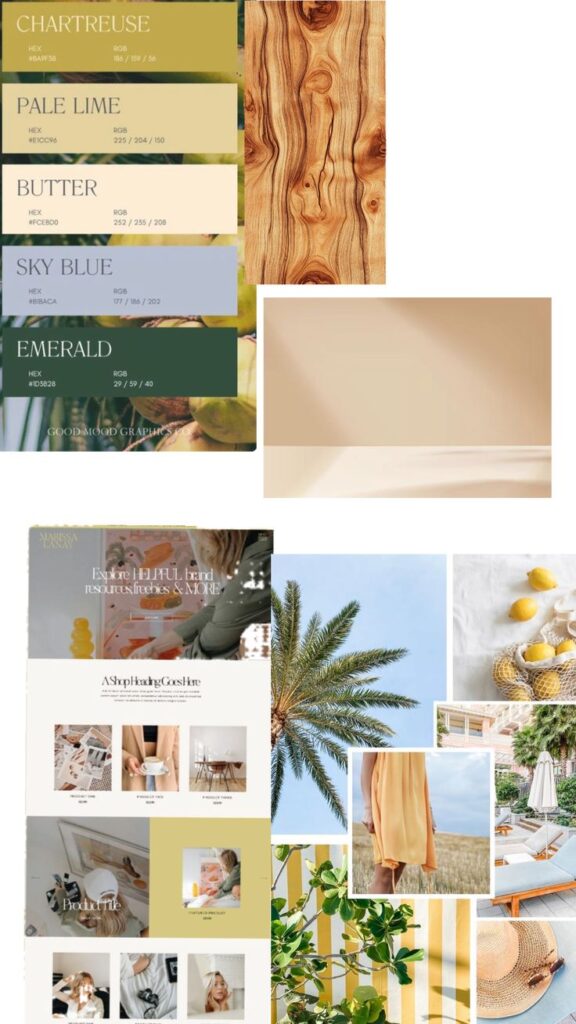
There are many tools online that help people find the right color combinations. Websites like Coolors and Adobe Color let users create and explore palettes easily. They offer options to adjust colors and see how they work together in real time.
In addition to websites, apps like Canva provide templates and ready-made palettes. These resources are useful for beginners and professionals alike. They make the process of choosing colors faster and more visual.
Books about color theory can also be helpful. Titles such as Interaction of Color by Josef Albers explain how colors affect perception. These books offer a deeper understanding beyond just picking colors.
For inspiration from nature or art, people often use Pinterest or Instagram. These platforms show real-world examples of color use in design, fashion, and photography. They can spark new ideas by showing how colors come alive in different settings.
Here is a short list of useful resources:
| Resource | Description | Best For |
|---|---|---|
| Coolors | Generate and tweak color palettes | Quick palette creation |
| Adobe Color | Explore and save color themes | Professional design |
| Canva | Design tool with color templates | Beginners and marketers |
| Visual idea board with diverse color styles | Creative inspiration | |
| Interaction of Color | Book on color theory and perception | Deep learning |
These resources support a wide range of needs, from simple inspiration to detailed study. They help turn ideas into effective color combinations.
- 6.3Kshares
- Facebook0
- Pinterest6.3K
- Twitter0

